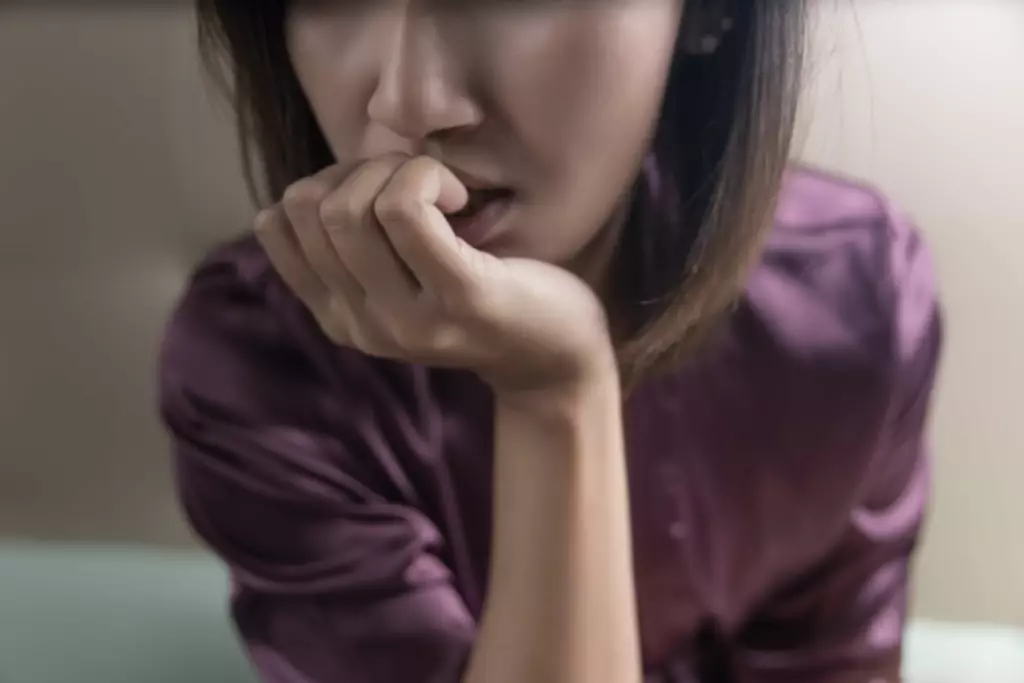Because for so many years people have assumed a connection between alcoholism and rhinophyma, a stigma has formed around the idea of an alcoholic nose. Drinking dehydrates us, leading to inflammation — and a worsening of rosacea symptoms. Dehydration triggers inflammation in our bodies, and since rosacea is an inflammatory skin condition, alcohol-induced dehydration can worsen why do alcoholics have big noses its symptoms. A flare-up of rosacea symptoms can be triggered by the consumption of many different foods and drinks, including alcohol. Rosacea can often appear on the outside to be an acne outbreak or natural coloring on the cheeks. The condition tends to affect fair-skinned, middle-aged women more often, but anyone of any age or skin tone can develop the condition.
Treatment Process
Alcohol is not the cause of alcoholic nose, but it does have an effect on those with rhinophyma. There are certain groups of people who have ethnic or genetic backgrounds to make them more susceptible to alcoholic nose than others. Rosacea is caused by blood vessels swelling under the skin, causing red skin sores.

Treating Alcoholic Nose And Alcohol Use Disorder
- Alcohol abuse can cause red flushness in the face similar to the symptoms of rhinophyma, leading to confusion between the two.
- In some cases, people may experience ocular rosacea before symptoms on the skin begin.
- However, alcohol use disorder is treatable with detox, inpatient rehab programs, and other treatment services.
- One study found that out of 108 patients with rosacea, only 15 were noted to also have rhinophyma, almost all of whom were men.
Rhinophyma causes the nose to become even more disfigured due to the progressive dilation of the nasal vessels as well as the involvement of cysts and pustules. Rosacea is a skin condition that affects plenty of people each year. When a person has rosacea, their skin—especially on the face— will appear red and create visible blood vessels in the face. This common name and years of misinformation from the medical community about the condition prompted a false link between alcohol abuse and alcoholic nose. It’s been a long-held belief that alcohol abuse causes this skin disease, but recent findings have revealed that this is actually a skin condition called rhinophyma. While rhinophyma can affect anyone, it is more common in men over 30 with fair skin.
The Effect Of Alcohol Addiction On People With Rosacea
That nose, sometimes called “drinker’s nose” or “alcohol nose” is actually known as rhinophyma, a side effect of rosacea. A “drinker’s nose” is actually a condition called rhinophyma, a side effect of rosacea. Usually, rhinophyma involves reddening of the nose and a noticeably bulbous nose, which means that the nose becomes enlarged, more pronounced, and rounder.
Alcohol use can worsen a red nose, also known as rhinophyma, but doesn’t cause it to occur. Some people become red-faced or flushed when they drink alcohol, and this is determined by ethnic background and genetics. That being said, there may be some slight truth to the idea that drinking alcohol can contribute to the development of rhinophyma. Because drinking alcohol has been found to make rosacea worse in some people, it may also contribute to worsening the symptoms of rhinophyma. While some people may experience flushing or redness when they consume alcohol, this doesn’t mean those people all suffer from rhinophyma.
- Case severity will depend on the individual and certain variables that exist in one’s life that have the potential to aggravate rhinophyma.
- It shows up more frequently in men than women and is common among those with fair skin and European ancestry.
- Widened blood vessels caused by heavy drinking allow more blood to travel to right beneath the skin’s surface, which gives the face a more flushed or red appearance.
- Rhinophyma is an entirely unique condition that is separate from alcoholism.
- Rhinophyma is the medical term for “ alcoholic nose”, or “drinker’s nose.” This is a skin disorder commonly identified by a red, misshapen, bumpy nose.
- All Addiction Resource content is medically reviewed or fact checked to ensure as much factual accuracy as possible.

Many times, it can be stubborn and require something stronger, in this case surgery. However, if a case of rhinophyma is less severe, some of the treatments we discussed for rosacea may be used. However, it’s always important to keep in mind that rhinophyma ultimately manifests itself as a side effect of rosacea. People can experience rhinophyma without drinking alcohol or very occasionally drinking it.
- Excessive drinking can lead to many problems, including liver disease, and can impact your appearance.
- Though the causes of rhinophyma are unknown, it’s thought to be a severe form of a skin disease called rosacea.
- Several factors have been found to contribute to the development of rhinophyma, including a genetic predisposition to rosacea and ethnicity.
- Excessive alcohol consumption can lead to many other health problems, both short and long-term.
- Topical and oral antibiotics reduce inflammation and redness, and other topical medications minimize inflammation.
- Rosacea is caused by blood vessels swelling under the skin, causing red skin sores.
Who Is More Likely to Develop Rhinophyma?
Catching the early signs of rhinophyma can slow down or stall its development. The condition is seen as a deformity that can lower self-image and reduce overall confidence in those affected. Learn about the signifiers of an alcoholic nose and the causes, symptoms, and potential treatment options. For those who have the skin condition, it can be difficult to enter into society when flare-ups occur because of the existing stigma surrounding alcoholic nose.